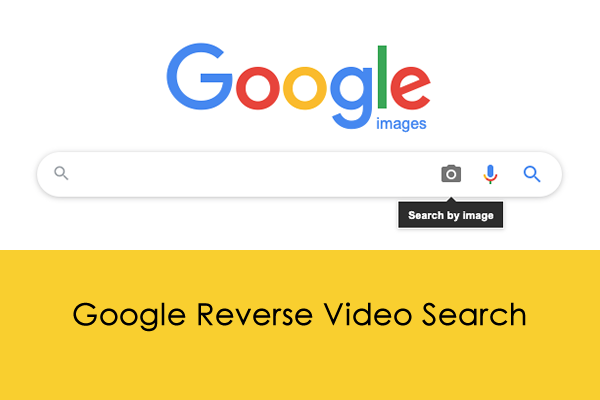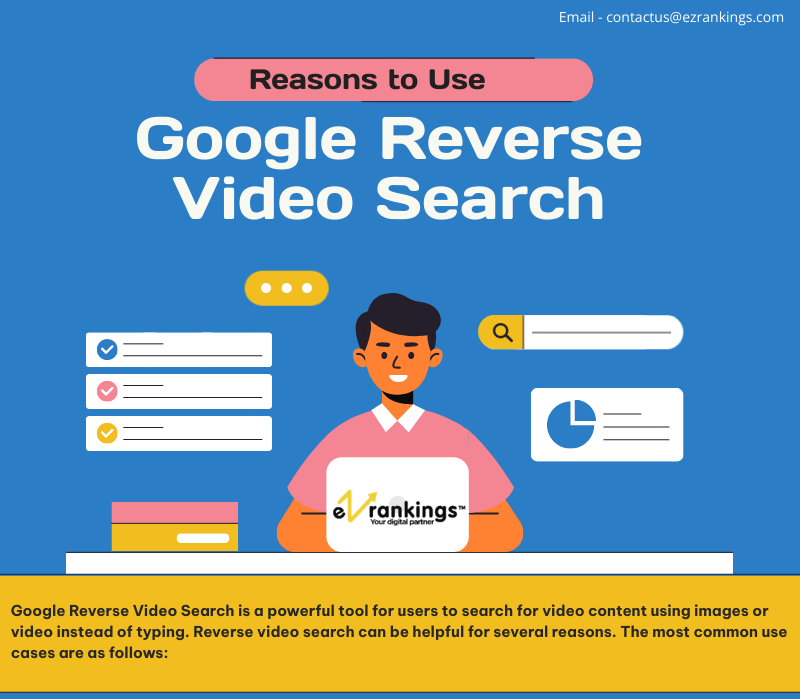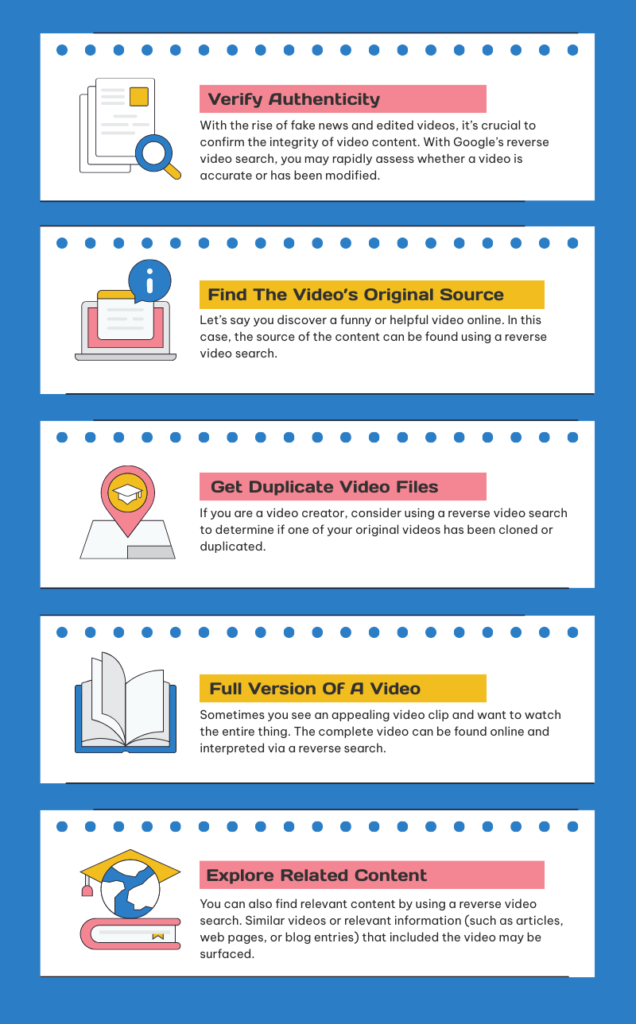Google Reverse Video Search: How to Use & Why It’s Useful?

A lot of video content is available on the internet, and it can take time to determine the authenticity of these videos. Video material is prevalent across platforms, from social media to news organizations; therefore, ensuring it’s reliable and factual is crucial. Reverse video search via Google is helpful in this situation. In this blog, we’ll go through what Google Reverse Video Search is, how to reverse video search, and why it’s useful. So let’s learn how to reverse video search engines can transform your video search experience.
What is Google Reverse Video Search?
Google Reverse Video Search is a powerful tool for users to search for video content using images or video instead of typing. It compares the visual components of a video to a database of images using complex algorithms to analyze the visual elements. Users can search for videos containing images similar to or identical to one they have uploaded or entered in the search bar.
This tool is helpful for authenticating video content on social media and other online platforms.
You can use an image or video clip as a starting point to search comparable videos rather than putting in keywords and hoping to find the perfect one. The use of Reverse Video Search has several advantages. One benefit is that you won’t have time to sort through irrelevant search results pages. Additionally, it can assist you in finding videos that you might not have otherwise been able to find.
Google Video’s reverse search engine can assist in locating the source of a video and its creator, which can be used to confirm the integrity of videos. Additionally, it can identify related videos and safeguard intellectual property by spotting copyright violations. Overall, this tool is a helpful resource for anyone looking to confirm the legitimacy of video content and protect their intellectual property.
Also, Check –
How To Drop A Pin In Google Maps
Search Google Or Type A URL: What Is It Exactly
Reasons to Use Google Reverse Video Search

Reverse video search can be helpful for several reasons. The most common use cases are as follows:

Verify Authenticity
With the rise of fake news and edited videos, it’s crucial to confirm the integrity of video content. With Google’s reverse video search, you may rapidly assess whether a video is accurate or has been modified. You can check whether any alteration has occurred by comparing the video’s content to the original image and searching for the video using an image.
Find the Video’s Original Source
Finding the source of a video is most frequently done with a reverse video search. Let’s say you discover a funny or helpful video online. In this case, the source of the content can be found using a reverse video search.
Get Duplicate Video Files
If you are a video creator, consider using a reverse video search to determine if one of your original videos has been cloned or duplicated. You can perform a reverse video search to uncover unauthorized uses of your content, at which point you can get in touch with the user and demand credit or that the video be removed.
Get the Full Version of a Video
Sometimes you see an appealing video clip and want to watch the entire thing. The complete video can be found online and interpreted via a reverse search. You should know who posted the video, whether it is linked to additional content (like a blog piece), and whether the owner creates content comparable to the video.
Explore Related Content
You can also find relevant content by using a reverse video search. Similar videos or relevant information (such as articles, web pages, or blog entries) that included the video may be surfaced.
How to Use Google Reverse Video Search?
It is easy to use reverse video search. Google Images and TinEye are two online resources that let you conduct a reverse video search. Here’s how to conduct a reverse video search using Google Images:
- Go to Google Images and click the camera icon in the search box.
- Select the image or video you want to use and click “Upload an image.”
- Google will then display the results of visually similar videos.
- The video most closely resembles what you’re looking for can be found by scrolling through the search results.
It’s important to remember that reverse video search only sometimes works to find videos. The visual elements of the picture or video you’re using as a starting point will determine how well your search works. For instance, a reverse video search might not be as effective if the video you’re looking for contains a lot of text or logos.
Conclusion
Finally, Google video search reverse is a helpful tool for anyone trying to protect their intellectual property by confirming the legitimacy of video content. Users can quickly and easily compare videos to the original image and ascertain whether they have been altered or doctored by uploading or pasting an image into the search bar. This tool can aid in halting the spread of false information, which is especially helpful in the age of fake news and misinformation that we currently live in. The ability to locate a video’s creator and identify the video’s source makes Google Reverse Video Search an indispensable tool for copyright holders and content producers. For anyone who works with video content, Google reverse video search URL is a powerful tool with many advantages.